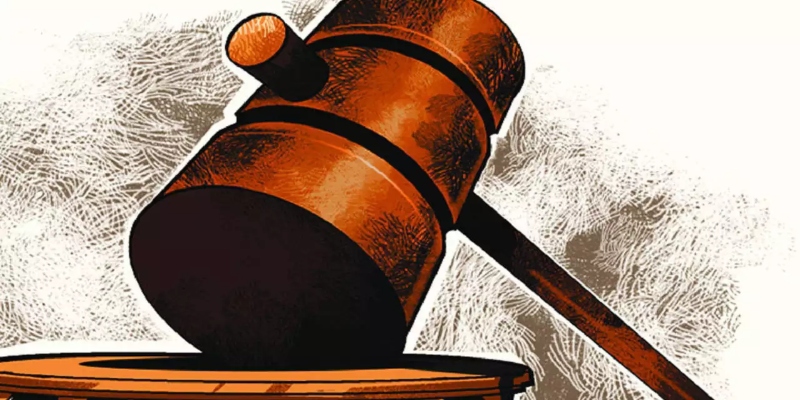
In a landmark judgement on NFT and Web3, Delhi High Court Justice Amit Bansal dismissed a plea by Rario against Web3 fantasy platform Striker and digital gaming platform Mobile Premier League (MPL), to prevent Striker from using public information available on cricket players.
The Delhi High Court in its order said, “The plaintiffs cannot claim to have an exclusive right over the use of an NFT technology. NFT is a technology that is freely available. NFT player cards are in fact ‘in-game’ assets to be used for enhancing the experience of playing the game. There is no difference between online fantasy sports (OFS) with NFT enabled player cards and ordinary OFS game in so far as the use of the name or artistic impression/photograph of a player is concerned.”
Striker works with individual artists who produce original cricket-themed art using publicly available events and recollections. While the platform primarily operates an innovative fantasy league, it allows users to retain and develop the players they “buy” for their fantasy teams throughout multiple seasons of on-field cricket.
Rario’s petition was joined by cricketers like Harshal Patel, Shivam Dube and Umran Malik, who are among scores of other big ticket cricket players who have signed NFT deals with Rario. Meanwhile, Striker was joined in its petition by All India Gaming Federation (AIGF) and Winzo. In its intervention, AIGF had said that “not being able to use specific identifiers for players could impact growth of smaller companies,” thereby placing the Indian gaming industry at a disadvantageous position with respect to other countries.
AIGF CEO Roland Landers said, “This is a victory for thousands of indie game developers who are working tirelessly for building a vibrant Indian gaming industry and achieving our Prime Minister’s dream of a $1 trillion digital economy. AIGF had intervened in the case as the questions of law involved directly impacted the online gaming industry and sought to curb innovation, specifically in fantasy sports, and the NFT and blockchain arenas. AIGF’s intervention focused on preventing monopoly over any part of the online gaming ecosystem, and allowing MSMEs to continuously innovate in the Web2 and Web3 space. Being the oldest and the largest industry body, and the voice of the MSME gaming start-ups, AIGF believes that the sector needs to support innovation and creativity, and discourage anti-competitive and monopolistic tendencies. The court, through the order, has recognised that the use of Web3 technologies and classic formats of online games cannot be restricted unless a clear violation of law is established, and has upheld the rights of small developers to build for India.”
The order was welcomed by the artist community, which had been working with Striker to showcase their digital art to a larger audience and monetise their work effectively. Najeeb Thottungal, one of the artists, said, “We are grateful to the Delhi High Court for recognising the rights of small independent artists. Creating cricket-themed fan art is a unique and creative way for young and aspiring artists like us to express our love for players and connect with other fans. The court ruling not only protects our rights as artists to engage with this emerging medium of NFTs but also empowers us to continue creating and contributing to the conversation surrounding cricket and art.”
Striker co-founder Nitesh Jain said, “We are tremendously grateful to the Delhi High Court for establishing that there can be no monopoly over NFT technology. Indie game developers like Striker can’t survive in a world where NFT tech is monopolised by a few. But, just like you can’t tell photographers to stop using colour pictures available in public, you cannot ask developers and artists to not make NFTs out of publicly available images or information. This protects the rights of both indie developers who cannot afford expensive licences, and the artist community that we work with to use this revolutionising new tech (NFT) to make art out of public information and images. Using blockchain and NFT technologies also allows us, among other things, to keep our systems free of fraud and foster transparency.”

